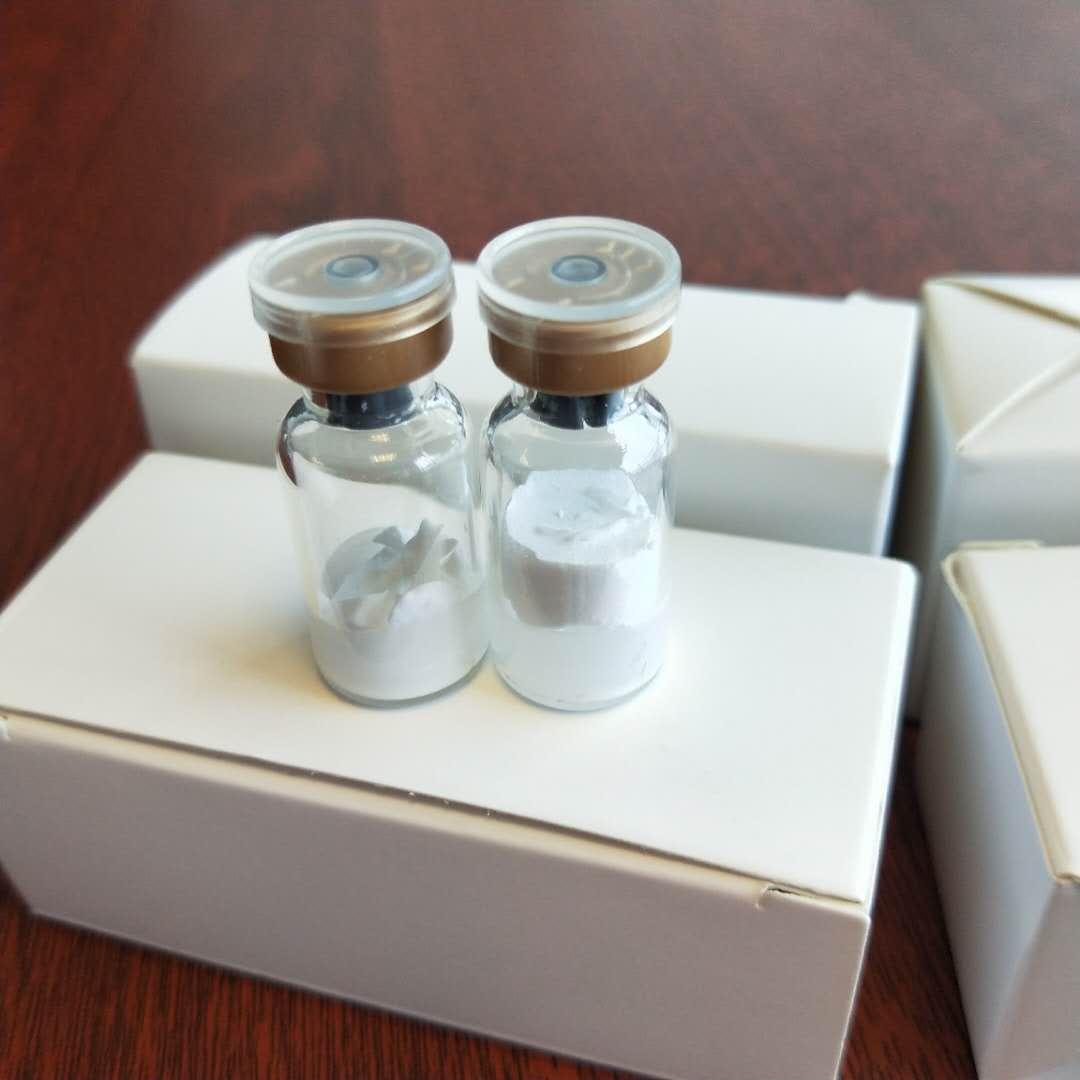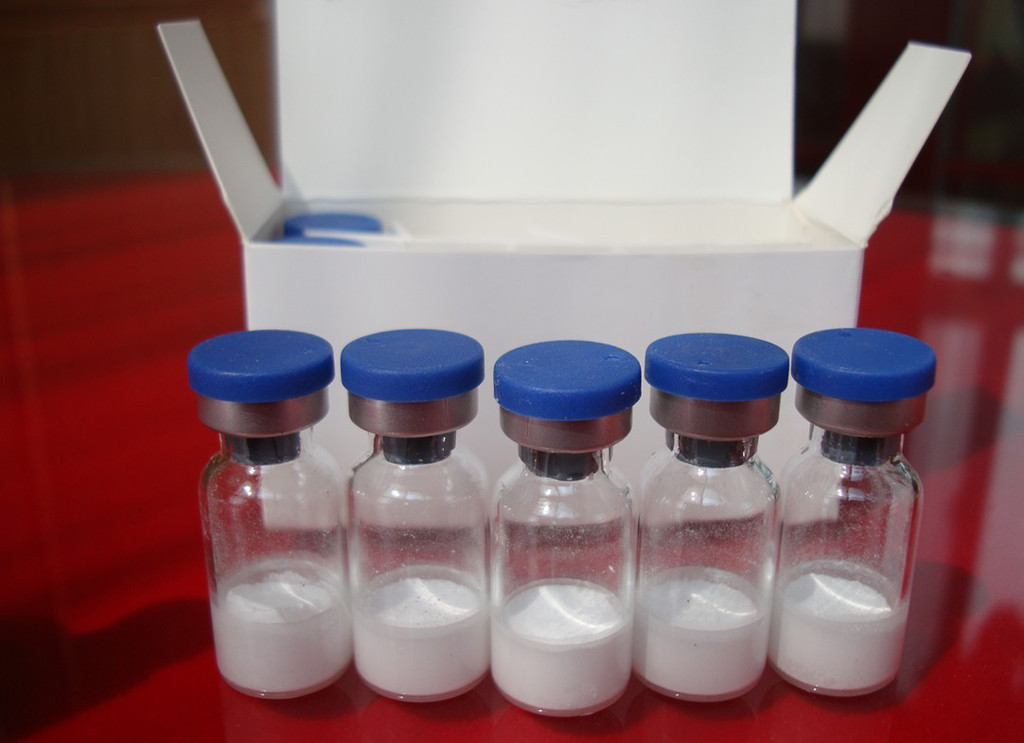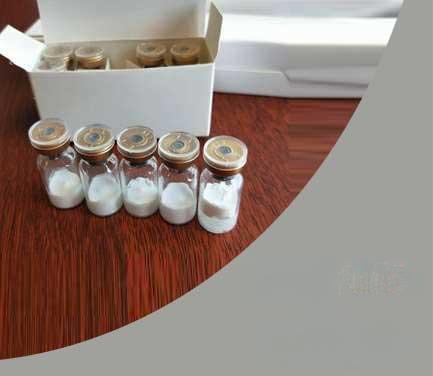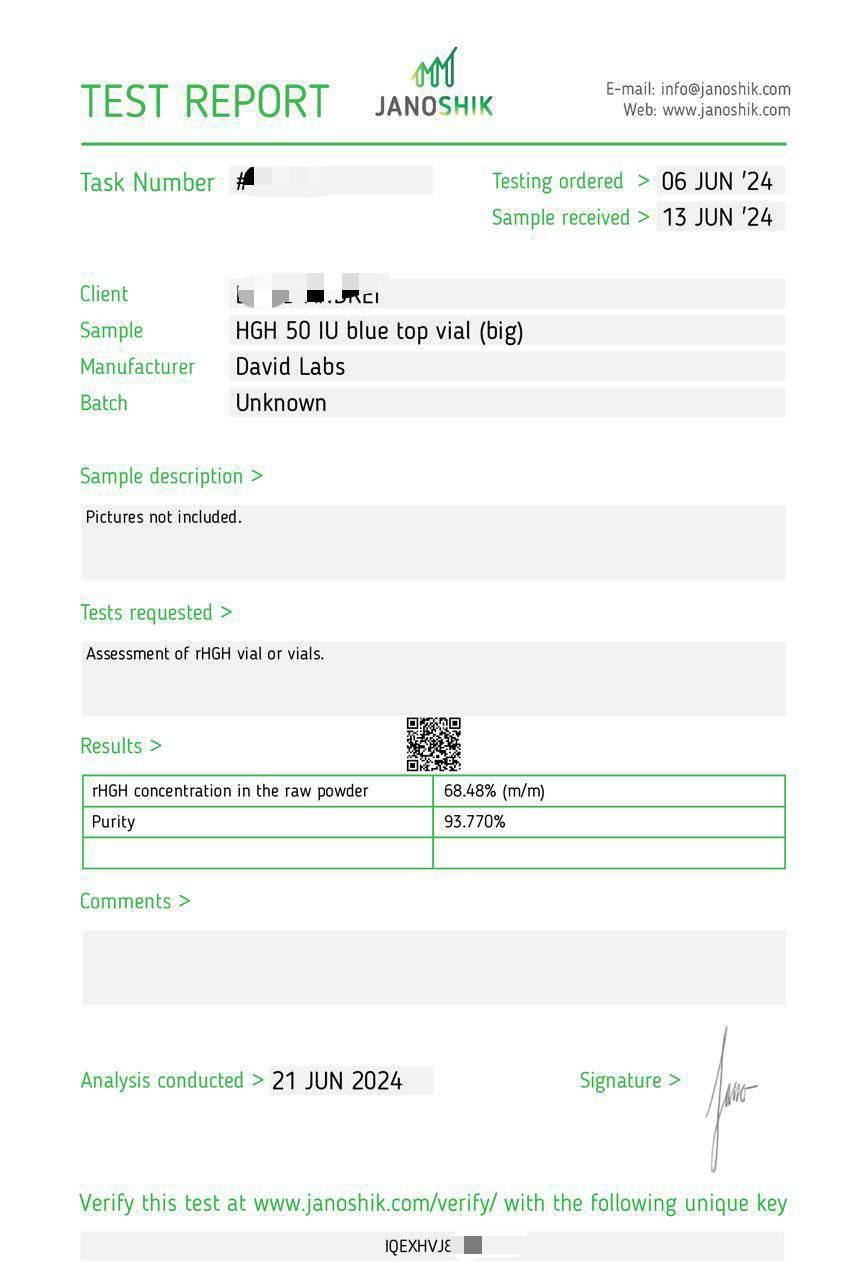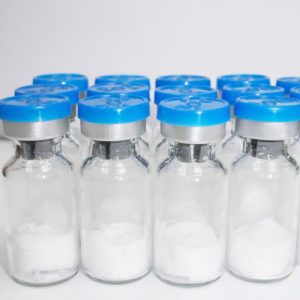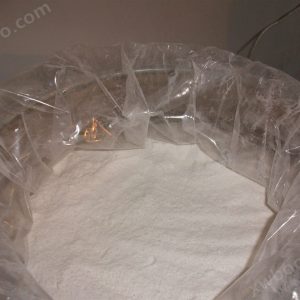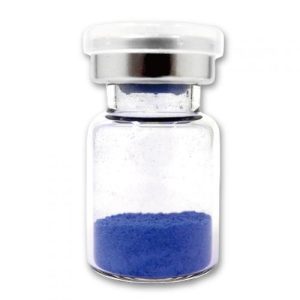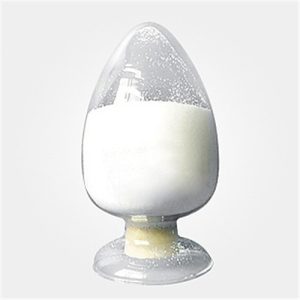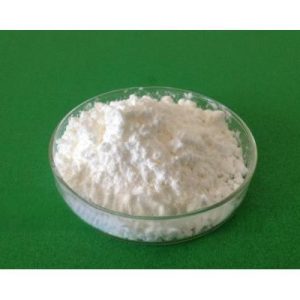Growth hormone can participate in various metabolisms, promote the growth of human tissues, promote cell division and renewal, promote protein synthesis, increase the oxidation of fat tissues, and keep people young and improve their athletic ability. Therefore, in addition to being used for medical purposes, growth hormone is also widely used in sports competitions and the beauty industry.
8 major effects of growth hormone (HGH) on bodybuilders:
1. Fat reduction effect
Growth hormone can increase the oxidation of adipose tissue. Its function is to break down fat into sugars, which are then consumed by maintaining metabolism and exercise.
2. Promoting protein assimilation
Growth hormone has the same protein assimilation effect as steroids, but the assimilation effect is much weaker than that of steroids, so the dimensional increase effect is not as good as that of steroids. The principle is to allow protein to enter muscle cells to repair muscle tissues, and at the same time bring water and glycogen into muscle cells to enlarge muscle cells and increase lean body mass.
3. Increase muscle hardness, angularity, density, and quality
Growth hormone can increase the number of muscle fiber splits. It can split one muscle fiber into two muscle fibers. After the number of muscle fibers increases, the quality, angularity, density, and hardness of the muscles will increase.
4. Anti-decomposition effect
Growth hormone can accelerate the division and renewal of muscle tissue. It can efficiently convert and utilize amino acids during the renewal process. Therefore, the anti-decomposition effect of growth hormone is the strongest among the four major muscle-building hormones.
5. Amplify the effect of steroids
The muscle-building principle of steroids is to allow protein to enter muscle cells to repair muscle cells, thereby enlarging muscle cells and thickening muscle fibers. Growth hormone can increase the number of muscle fibers. The more thickened muscle fibers, the larger the muscles (a reasonable dose of growth hormone can double the effect of steroids). In addition, the strong anti-decomposition effect of growth hormone + the strong synthesis effect of steroids = muscles will only synthesize and not decompose.
6. Repair soft tissue
Bodybuilders will inevitably damage the soft tissue in the joints of long-term high-intensity training. If the joints cannot be well recovered, it will inevitably cause pain. If the training is not interrupted, the pain cannot be cured. This means that they must persist in high-intensity training for a long time under the condition of joint pain. The result is that either the joint pain continues to worsen or the training intensity is reduced.
This is an important reason why many people who regard bodybuilding as a profession can do strength training twice a day for many years. Because they have been using growth hormone with large doses of glucosamine for many years. Growth hormone is converted into IGF-1 (insulin growth factor) by the liver. IGF-1 can effectively repair damaged soft tissue and muscle edge tissue, which is more effective than any Chinese medicine for promoting blood circulation and removing blood stasis.
(Before the first stop, I injured my wrist due to wrong training. My wrist would hurt every time I did bench press. After three months of using growth hormone, the pain disappeared. Growth hormone has a stronger ability to repair and proliferate the extremities of the limbs. Simply put, it has a stronger ability to repair wrist and ankle joints than to repair the lumbar spine, and it is more obvious for the growth of limb muscles than the growth of the trunk.)
7. Protect joints
Growth hormone will increase the water content around the joints. This is similar to Deca, but it will not store water as obviously as Deca. This water storage phenomenon can prevent joint injuries during training and reduce joint wear.
8. Increase lean body mass
The lean body mass increased by growth hormone will never fall off. Unlike steroids, which are easy to lose weight repeatedly, if you gain 10 catties of lean body mass a year, you can gain 50 catties of lean body mass in 5 years (the human body is genetically restricted and will not gain 500 catties of lean body mass in 50 years). But the reality is that most people can’t afford growth hormone in the second year after only using it for one year. Because as the weight increases, the dosage of growth hormone increases, and the cost increases.
Hgh dosage
For improving sports performance, men usually take 2-4IU. This dosage can bring out all the characteristics of human growth hormone, including fat decomposition, enhanced recovery, and anti-aging. When mixed with anabolic steroids, the benefits of the entire cycle will be greatly enhanced due to synergistic effects. For female users, 1-2IU, the above use will have a good effect. If you want to go to the next level, men can reach 6-8IU per day and women 3-4IU per day, but it should be clear that with the increase of accumulation, the probability of side effects will also increase.
Human growth hormone is not a fast-acting hormone preparation. Short cycles will not have any effect. In order to achieve the effects of fat breakdown and increased recovery, at least 8-12 cycles are used. Usually 16 weeks will be more effective. In order to achieve true anabolic gains, you need to take the right dose and perform it for at least 6 months.
Hgh Side Effects
Human growth hormone is a very safe hormone drug. It is not a foreign substance. And It is a hormone that you already have. It is a hormone preparation that is well suited to the body. However, side effects still exist.
The most common ones include water retention (such as wrists and ankles), joint pain and headaches, and some flu, which usually disappear quickly in the early stage of use.
HGH can also cause carpal syndrome, which is usually caused by water retention when used in large doses. These occur at normal dosage levels.
Hypothyroidism due to insufficient thyroid hormone secretion may also occur. These side effects can be controlled by using T3.
Some users may also experience nausea, dizziness, respiratory infections and skin paralysis. These symptoms are unlikely to occur in the case of moderate water retention. The most common side effects are just mild edema, joint pain and headache.
Abuse of HGH can lead to acromegaly, thickening of epiphyses, deformities of hands, feet, jaw, forehead, enlargement of internal organs, and may cause short-term type 2 diabetes because HGH can increase blood sugar and reduce insulin sensitivity. People with diabetes who already have diabetes cannot use it! Also, individuals with cancer cells and tumor cells cannot use it. Using it early will lead to early death.
More Introduction:https://en.wikipedia.org/wiki/Growth_hormone
